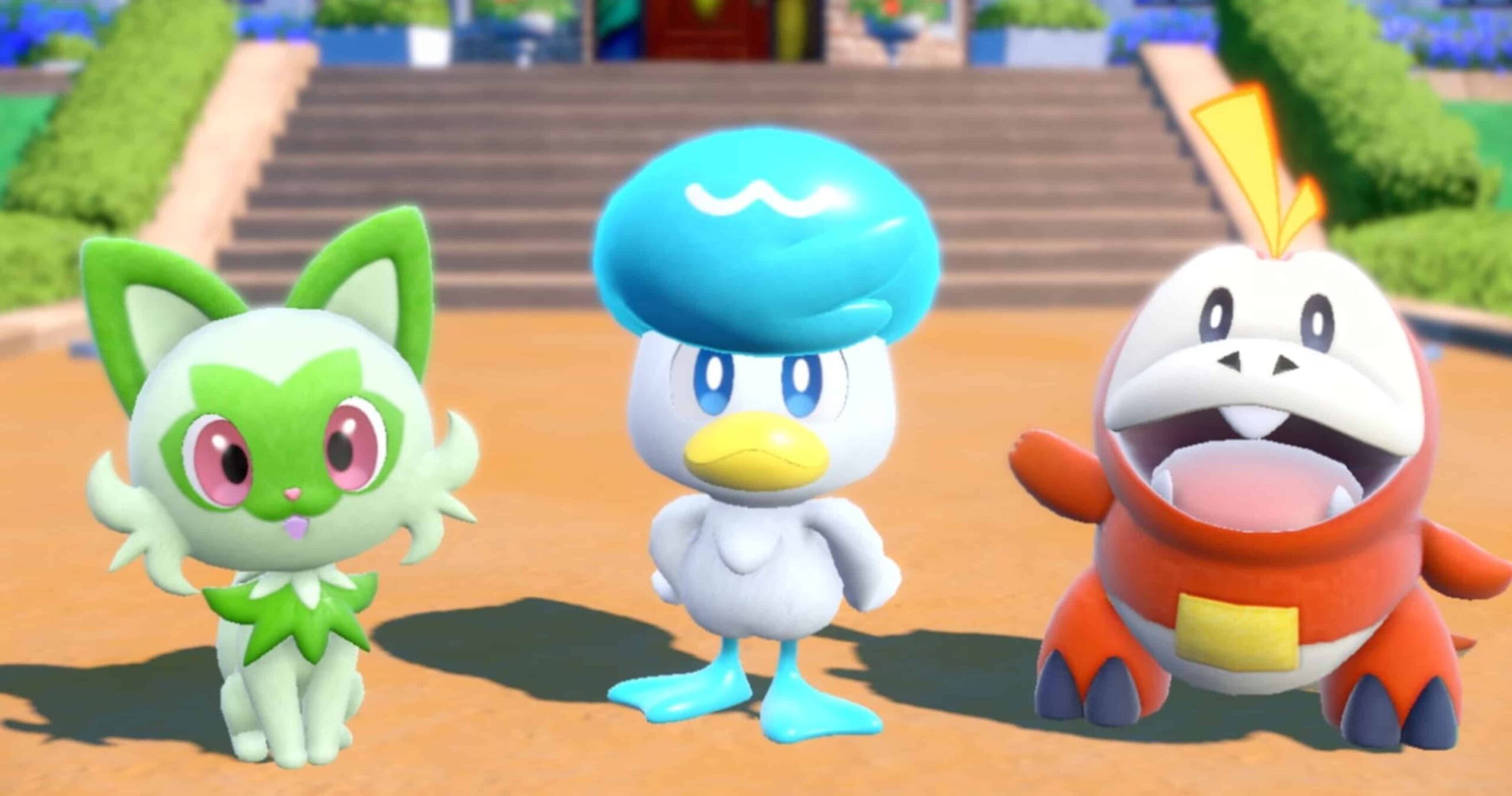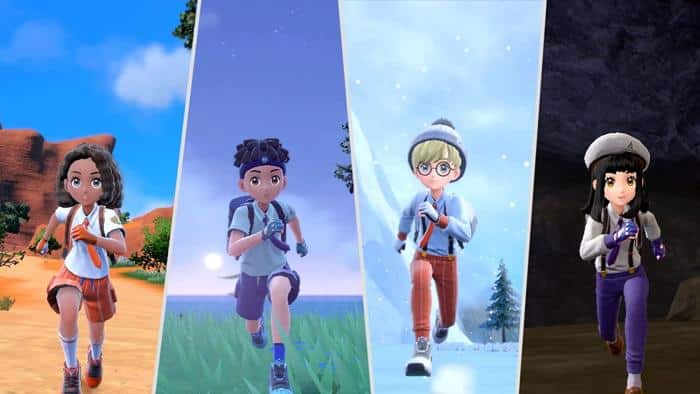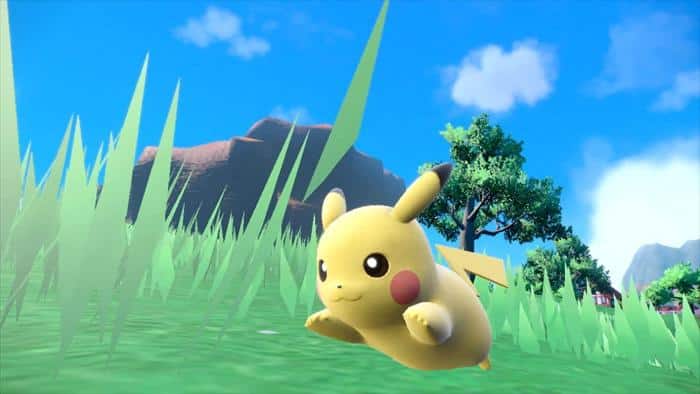pokemon scarlet review

Pokémon Scarlet brings us a new world full of our favorite creatures, and well, we can’t stop playing it and giving our opinions.
For more details about the Violet version you can click here.
Pokémon Scarlet begins with a slow and very complete tutorial that will help us learn everything about the game.
This puts a somewhat exciting twist on the linear path that the saga has taken us throughout its history. It changes the way we live the experience. Since previous installments such as Pokémon Legends: Arceus, our beloved saga has been making great changes. Now it won’t be enough for you to have your old trusty squad of Pokémons, fight on the grass until you level them up, and then beat them all. You will need a lot more than that to be able to be proficient in these new games.
Pokémon Scarlet gives you a huge amount of options. In return, it expects you to adapt to its half-open world and mostly new optional features. These latest games aren’t quite the breakthrough fans were hoping for, but it’s a small step. A small step, in my opinion, something halfway, perhaps designed to progress little by little with two or three more generations of Pokémon, perhaps.
We have “Victory Road” which follows the typical journey of a trainer fighting eight gyms and qualifying for the Paldea championships. The brave student council president, Nemona, is your biggest cheerleader and rival on your way to achieving it all. “Path of Legends” puts you in charge of helping senior Arven with his personal research project. “Starfall Street” focuses on the delinquent students of Team Star, the equivalent of the many crime syndicates featured in previous games. You will have to defeat each leader of Team Star to discover his final objective and learn the history of the organization.

Nemona, Arven and other characters, I can say that these follow the trend of exaggerated personalities in Pokémon games. They also, unsurprisingly, have unique motivations that feel pretty realistic, much more realistic than these classic Team Rocket world domination goals. Scarlet does a solid job of creating a sense of mystery and intrigue with some of the characters, and there are enough memorable personalities to keep things interesting.
Scarlet may be the most open-world Pokemon entry to date, but it still remains a somewhat timid and mediocre attempt.
In this game, being able to find your next task is pretty easy, but despite what the game would have you believe, you can’t really progress in the order you want. If the fixed levels of enemies in each of the three main story branches are any indication, then they’re meant to be played together rather than one at a time. This is why I insist on the timidity of the open world. These built-in limitations break the illusion of choice because it’s hard to progress unless you constantly veer between story branches. A more robust level scaling system here could have gone a long way towards making the experience more player-driven. And I can say that, to achieve this more robust system, many things must change in the progression system of our creatures.
The game takes a lot of its open-world cues from Pokémon Legends: Arceus, but differs enough to make it feel like a further evolution for the franchise. Also, while interesting, the new features definitely don’t add enough value to make us feel like we’re in something new enough.
Pokémon roam the desert and react differently to the player depending on the species. Which is pretty nice.
Catching these wild Pokémon is important to us, not only for completing a Pokédex, but also for gaining a type advantage on the next boss in your itinerary. Scarlet quickly demonstrates how convenient it is to replace party members because wild Pokémon’s power scaling is more potent than traditional XP scaling. This is kind of shocking to me, the progression of your creatures isn’t that important anymore. A lot of the RPG is lost here.

However, that difference freshens up the gameplay, pushing players to keep changing their team composition rather than staying with their team permanently.
Yes, yes, now I will talk about the famous fallas. This game has quite a bit of visual glitches, like character models moving like they’re out of an animation booklet, the camera occasionally turning to an awkward angle during battle so you can’t see your Pokemon or opponent. The sky might look great, but the soft, bumpy grass doesn’t. And sometimes when you walk out of a store, the camera will rotate a full 180 degrees, so you end up coming back by accident.
I have also found myself in moments where the performance of the game is too low. Which makes it quite awkward to complete a battle. Obviously, this is not something that happens all the time, but enough to be annoying.
We have the TM Machine, which allows you to create TMs that can teach your Pokémon new moves by collecting materials obtained from defeating enemies. Another quality of life improvement: Trainer battles are now fully optional instead of forced, so you won’t be constantly interrupted while exploring. Many of these additions, however, feel like filler and decoration.
In conclusion
Pokémon Scarlet arguably achieves the long-awaited shift in the Pokémon franchise, making it open world and removing the franchise’s grind-focused progression. The way they do it is not entirely positive for me and it feels a bit half done. It also has many visual glitches. Despite this, it’s a pretty good game, it has a pretty original story, perhaps the best elaborated in the saga so far, which makes it a game worth playing.
This review was made thanks to a copy provided by Nintendo
Reference-gamersrd.com